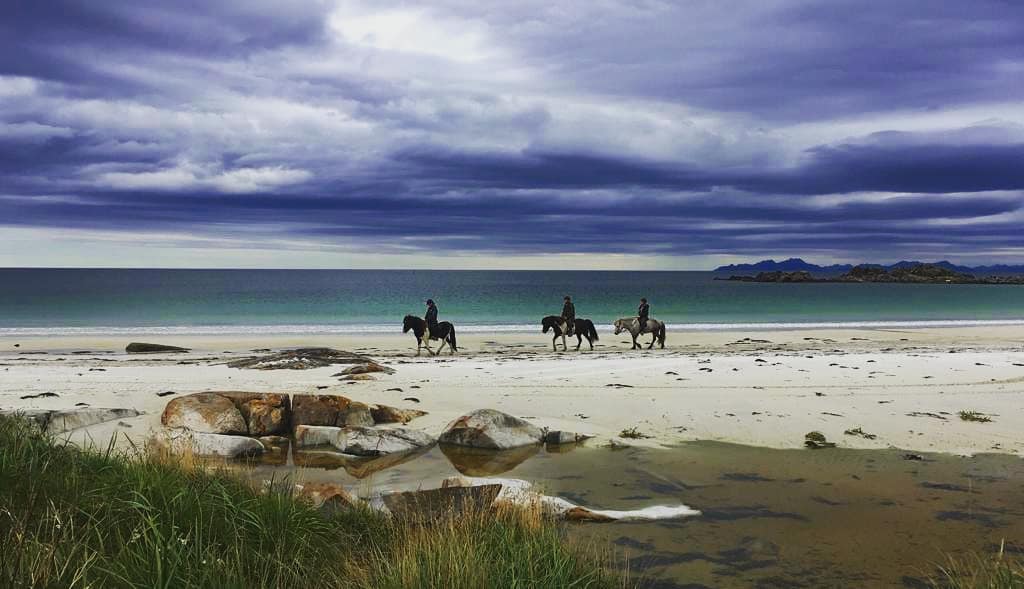For any beer lover, a trip to the Belgian city of Bruges is a must. Specifically, a trip to the Brewery Bourgogne des Flandres, to sample their beer of the same name. Bourgogne des Flandres is a typical example of the Flemish beer blending tradition, skilfully combining a beer of high fermentation with lambic beer, a beer of spontaneous fermentation, in order to achieve a perfect balance, that perfect beer of mixed fermentation.
1. Creating Bourgogne des Flandres
Bourgogne des Flandres is unique, possessing a very special place in the Belgian beer landscape. It is created by blending Den Bruinen Os, a brown sweet beer brewed on site at the brewery, with lambic beer from Timmermans Brewery near Brussels. This lambic has aged for over twelve months in wooden barrels, and the result of the blending is a surprising red-brown beer with a low alcohol content and a complex flavour. The unusual blend of mixed fermentation gives the beer a sweet-sour balance that is both refreshing and thirst-quenching.

2. Lambic beer
The lambic part of the Bourgogne des Flandres is made using a special brewing process which differs from that of other beers. At least 30% wheat is used, along with only aged hops, and no yeast is added. Timmermans Brewery, where the lambic for Bourgogne des Flandres is sourced, still brews lambic in authentic brewing installations such as an open mash kettle, and an open cooling vessel.
After brewing, the brew (wort) is poured into a cooling vessel where the magic of making lambic beers takes place. Two unique microorganisms live in the air within a 15-km radius of Brussels: Brettanomyces bruxellensis & Brettanomyces lambicus. These two microorganisms mix with the wort in the cooling vessel so that the unique process of spontaneous fermentation can take place without the manual addition of yeast (only that coming from the air). All lambic beers are then aged in one of two types of 100% wooden barrels, wither vats (6,500 litres) or pipes (650 litres). The entire fermentation and maturation process takes two to three years.

3. A family recipe
The recipe for Bourgogne des Flandres comes from the Van Houtryve brewing dynasty, and was passed on to other family breweries under the watchful eye of Michel Van Houtryve. In the 1980s, it ended up in the hands of the world’s oldest lambic brewery, Timmermans Brewery. In the 1990s this was taken over by John Martin Brewery. Today, with Anthony Martin leading the company, Bourgogne des Flandres has become part of the Finest Beer Selection. This worthy reputation has been reaffirmed with the recent creation of a new brewery located near to the original Den Os Brewery, meaning that as of 2015, the Bourgogne des Flandres brewery has returned to the very heart of Bruges after a 58-year absence.
4. See it for yourself
To see the impressive process behind Bourgogne des Flandres for yourself, you can visit the brewery and Ale House. Learn about hops and the brewing process, how to tap beer digitally and/or take a bottle with your picture home! At the end of the tour it’s time to sit down, relax and enjoy a free Bourgogne des Flandres, overlooking a wonderful view of the Bruges canals…cheers!














